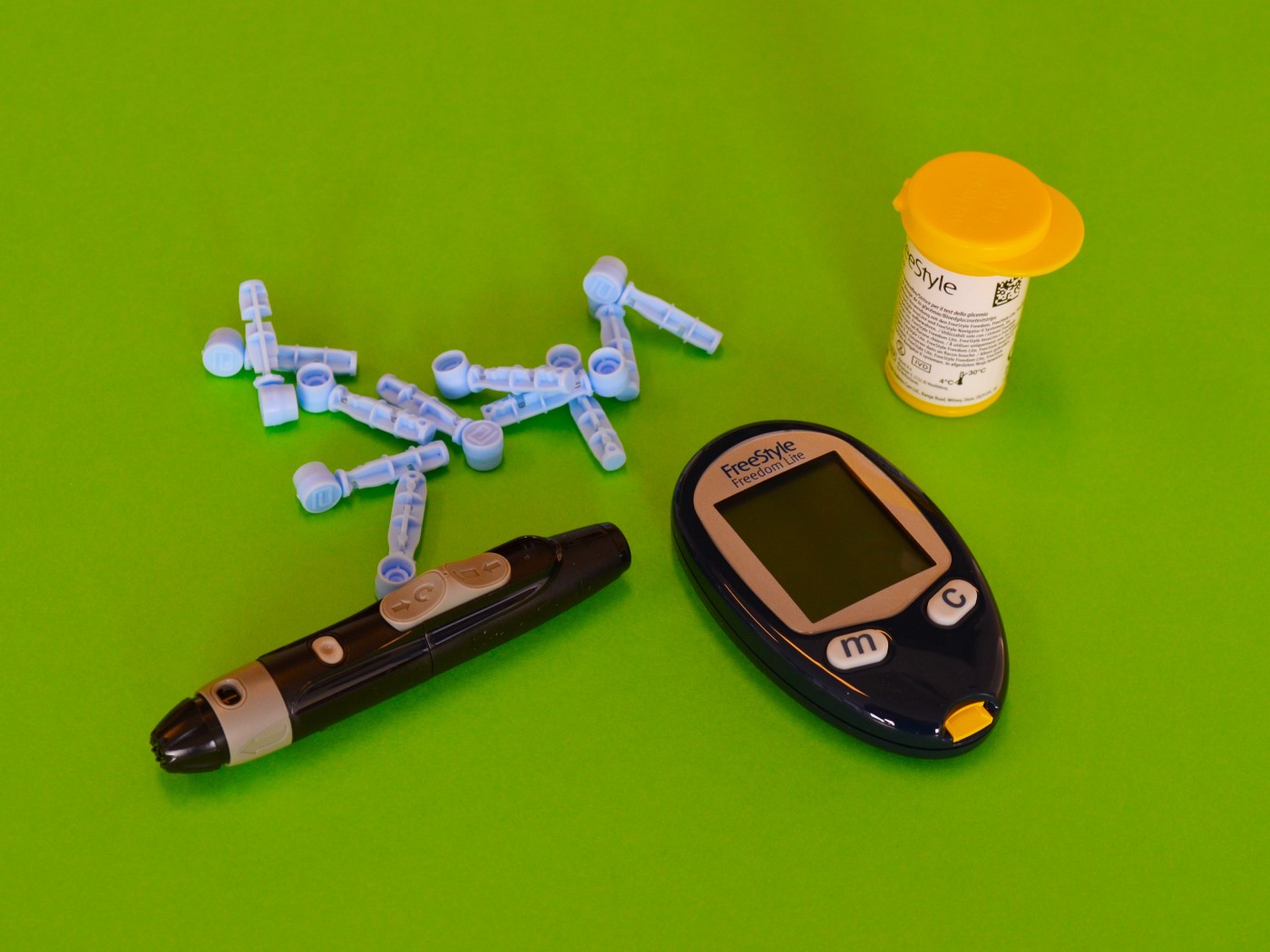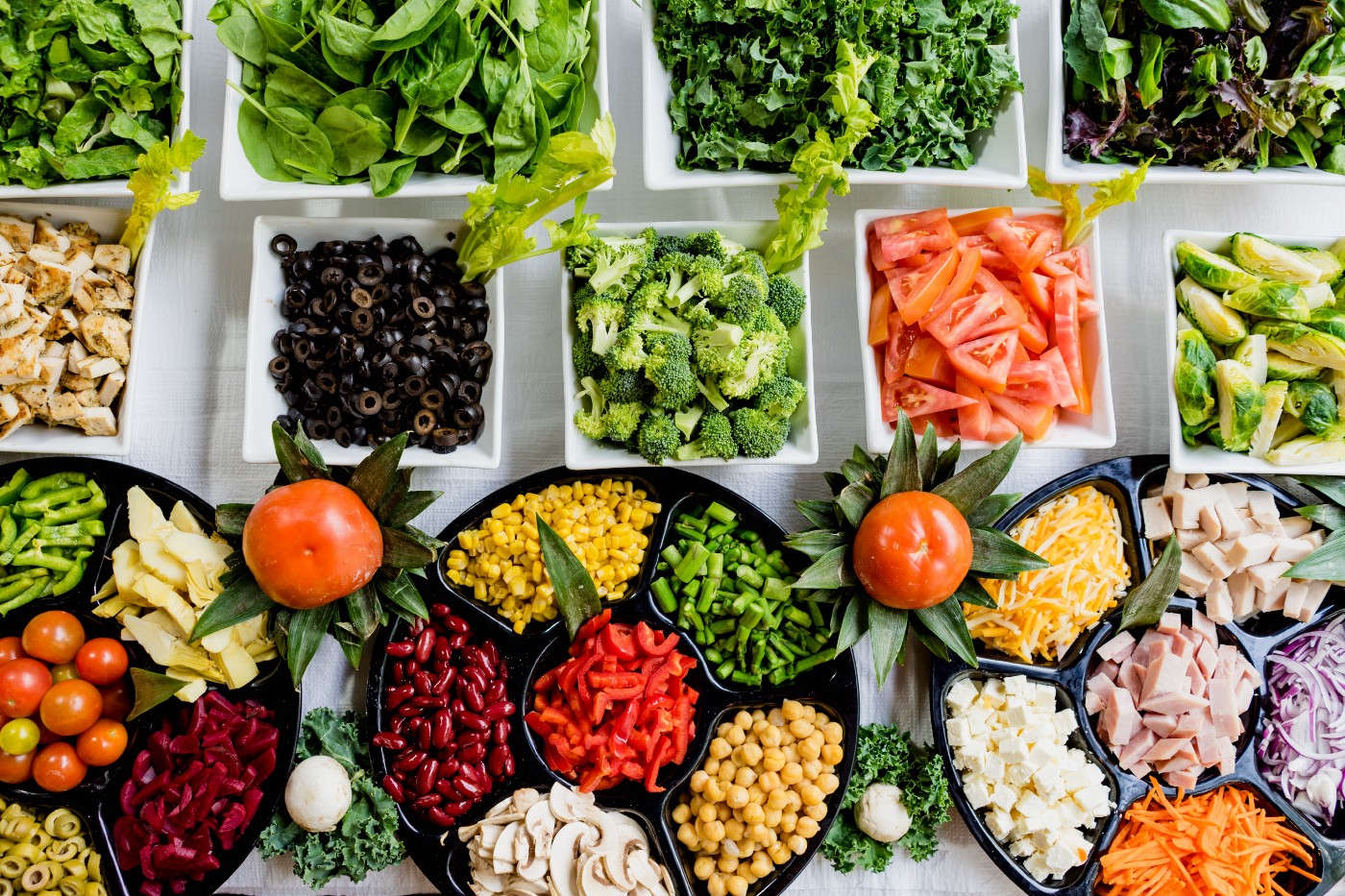Published Date January 24, 2003
Type 2 Diabetes mellitus: Symptoms & Prevention
By Arpita Sudev
3 min read
Last update date: January 24, 2003
All about Dehydration, glucose and diabetes.

Type 2 Diabetes is characterized by insulin resistance which may be combined with relatively reduced insulin secretion. It is an absolute or relative lack of insulin or cellular resistance to insulin. Middle-aged and older people are most likely to get affected by this kind of diabetes and thus it used to be called adult-onset diabetes.
Type 2 diabetes is the most common type of diabetes in people which is generally attributed to lifestyle factors like — obesity, low physical activity, irregular and unhealthy diet, and excess consumption of sugar.
The signs and symptoms of type-2 diabetes develop slowly.
Early Symptoms:
- Increased hunger
- Fatigue/lack of energy
- Unintended weight loss
- Increased thirst
- Frequent urination
- Dry mouth
- Itchy skin
- Blurry vision
- Frequent infections
As the disease progresses, the symptoms become more severe and potentially dangerous. If your blood glucose levels have been high for a long time, the symptoms can include:
- Yeast infections: Thrush is a common problem and particularly for people with diabetes. Diabetics who have difficulty controlling their blood sugar may find themselves particularly prone to yeast infections.
- Dehydration: If blood glucose levels are higher than they should be for prolonged periods of time, the kidneys will attempt to remove some of the excess glucose from the blood and excrete it as urine. When kidneys filter the blood in this way, water will also be removed from the blood and will need replenishing. This is why diabetics have increased thirst when their blood glucose levels run too high.
- Slow-healing cuts or soreness: High blood sugar can affect the body’s healing ability which means cuts and bruises take longer than usual to heal.
- Areas of darkened skin: This usually occurs in the armpits and on the neck (a condition known as acanthosis nigricans). Excess insulin causes normal skin cells to reproduce at a rapid rate. This increase in melanin forms a patch of skin that’s darker than the skin surrounding it.
- Unusual numbness or tingling in the hands or feet: It’s called diabetic neuropathy which is caused by high blood sugar levels.
- Hyperglycaemia: A deficient supply of functioning insulin affects the metabolism of carbohydrates, fats, protein, electrolytes, and water, and the consequences of impairments are complex. It can cause vomiting, excessive hunger & thirst, rapid heartbeats, and vision problems.
- Glucosuria: Glucosuria normally occurs when the plasma glucose content is above 300 mg/dL, but some glucose may be seen in the urine at plasma glucose levels as low as 150 mg/dL because the glucose-handling capacity of individual nephrons widely varies.
- Fluid and electrolyte imbalance: The loss of glucose in urine represents a wastage of energy and entails an increased elimination of water and sodium.
- Increased excretion of potassium, magnesium, and phosphorus: Glycogen and protein are associated with water and intracellular electrolytes. As glycogen and protein are catabolized glucose, water, and electrolytes, particularly potassium, are released into the extracellular space. This increased urinary excretion of potassium, magnesium, and phosphorus, i.e. electrolyte abnormalities occurs in uncontrolled diabetes.
- Few symptoms that are common in men with diabetes are decreased sex drive, erectile dysfunction (ED), and poor muscle strength. Whereas women with diabetes may face urinary tract infections, yeast infections, and dry & itchy skin.
Preventive Measures for type-2 Diabetes:
- Move more and avoid sedentary behaviour.
- Eat smaller portions to reduce the number of calories you eat each day. Choosing foods with less fat is another way to reduce daily calorie intake.
- Keep water as your primary source of beverage. This way you can avoid beverages that are high in sugar, preservatives, and other questionable hidden ingredients.
- Cut down on sugar and refined carbohydrates like table sugar, high fructose corn syrup, beet sugar, blackstrap molasses, brown sugar, buttered syrup, cane juice crystals, cane sugar, caramel, carob syrup, refined grains, pastries, white bread, and processed pizza doughs.
- Avoid processed foods such as packaged snacks, packaged meat, chips, sweets, and fast foods with excess sugar content and trans fat.
Takeaway
Diabetes is a life-threatening disease and must be constantly monitored. The early signs and symptoms can be an alarm to watch out for your sugar intake. Though, it can be effectively subdued with proper medication and by adopting a lifestyle with good nutritional intake and regular workouts. If the blood sugar levels remain high for prolonged periods then the associated symptoms vary as well leading to other more severe ailments.
Keep reading

Nutrition for Type 2 Diabetes Mellitus
All about carbohydrate, high fibre, protein and diabetes.
By Arpita Sudev

Carbohydrate toxicity = Diabetes
Restricting carbs consumption can help lower your risk of hypoglycemia if you use diabetes drugs that increase the risk of the said condition.
By Naurin Ansari

Dates and diabetes
By Hetvi Shah

Breastfeeding (Part-2)
We’re sure all the mothers are well aware that the production of breast milk starts during pregnancy itself but was never told that it gets secreted naturally in different stages as per the baby’s requirement.
By Hetvi Shah
Choose Healthy With Us.
Know the real truth about your food. Stay informed and healthy, for free.

Download the App Now
Certified nutritionists trust our food recommendations. Safe to say, so can you :)










